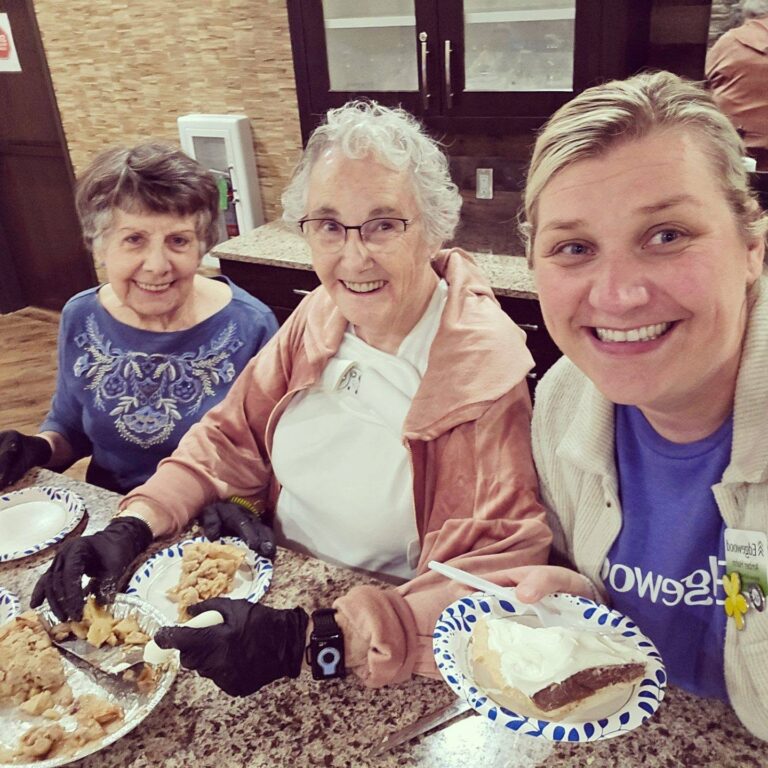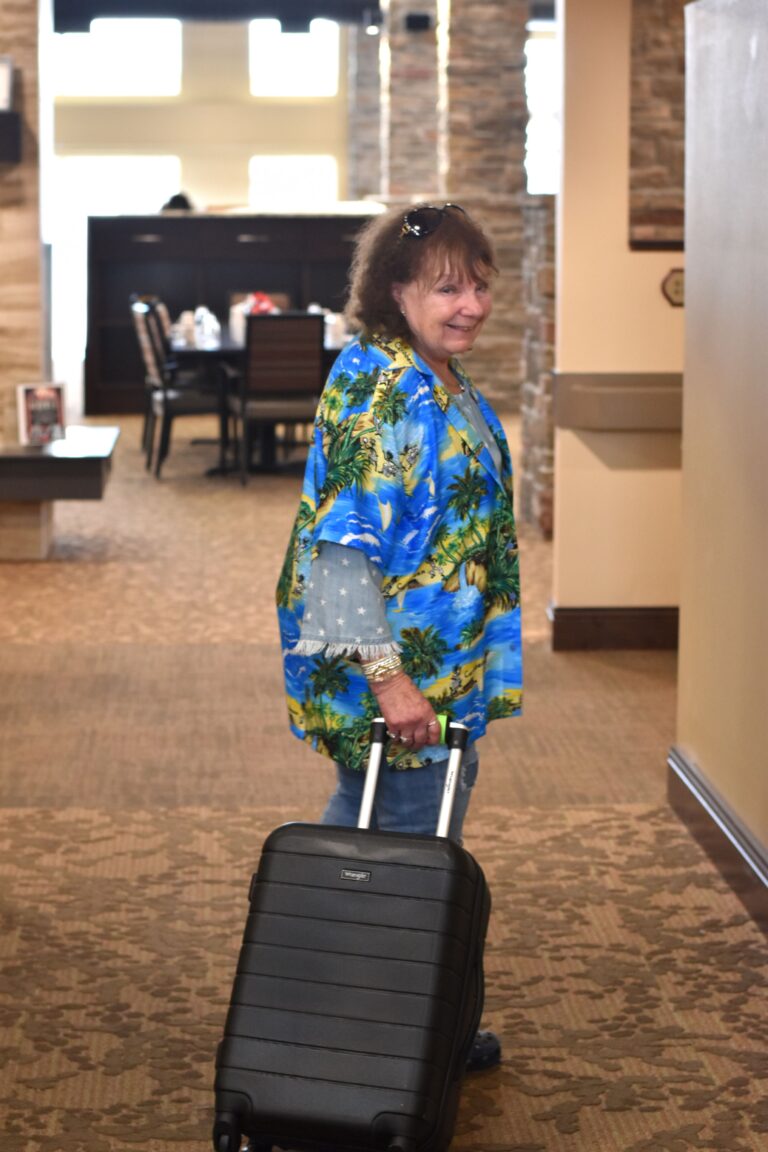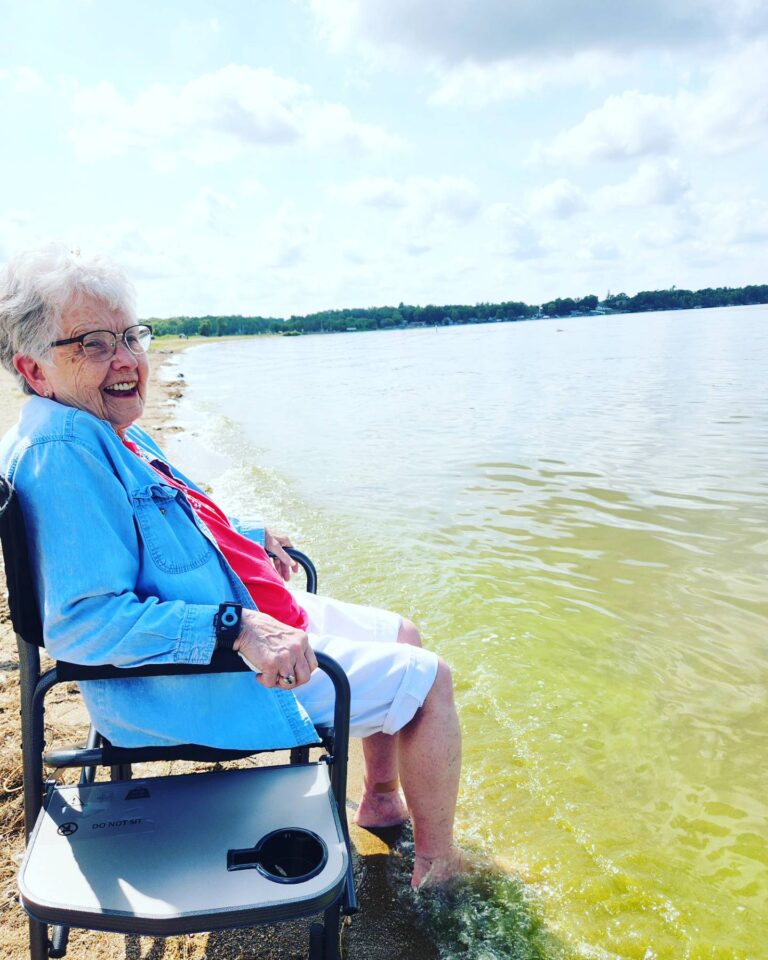
Have you ever heard of aging in place? This theory alludes to seniors who can stay in one locale through the later years of their lives while still having access to the levels of care they need. This is something to consider when deciding on a senior living community for your loved one. As you look at potential communities, you should learn about each one’s continuum of care or how they help seniors transition from needing little help to requiring one-on-one assistance.
Understanding The Continuum of Care
Sarah is 84, and she fell last week, requiring a hip replacement. To help Sarah recover and gain confidence in her mobility, she is staying at a senior community that provides post-surgical stays. This several-week or multi-month program gives Sarah an apartment built for individuals with mobility issues. While she learns how to use her new hip, Sarah will take medications and attend physical therapy appointments, likely onsite.
Find Senior Living Near Me
While there, Sarah realizes that it’s really nice not to have to cook every meal or clean up after her home. Sarah’s family loves knowing she is safe and being looked after, and they encourage her to consider moving to assisted living full-time. There, she can still maintain her independence and freedom, leaving as she pleases and receiving care that reflects her abilities after surgery. Sarah decides to stay.
In a few years, Sarah may realize she needs more help than she has access to in assisted living. Perhaps she is developing dementia, forgetting her keys and purse, and even experiencing confusion about how to navigate the community. The senior living staff will take note of these changes and call a meeting with her designated family members and possibly her doctor to share a recommendation that Sarah move to memory care.
“Aging in place provides familiarity as seniors needs grow.”
Because the community offers memory care onsite, Sarah can age in place or stay in the same locale while still having her changing needs met by professional staff. She can use these services if she requires assistance with personal hygiene like showering or laundry. When her dementia worsens, someone will wake her up every day and bring her to breakfast. She will also be able to attend events within the community, such as painting or music concerts, that help stimulate the mind and even alleviate joint aches.
Moving from post-surgical care to assisted living and then on to memory care will be much easier within the same building or community than moving across town. This is easier on Sarah and her family, who are glad to know she can be in a familiar place for years to come.
When you tour potential senior living communities, mention their continuum of care. While you can’t know what help your senior loved one will need as they age, it is incredibly comforting and helpful to know there are services and staff onsite to provide these resources as necessary.




